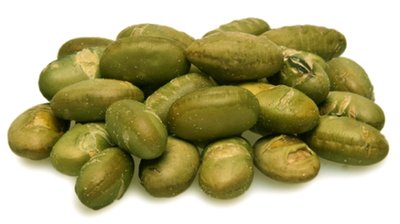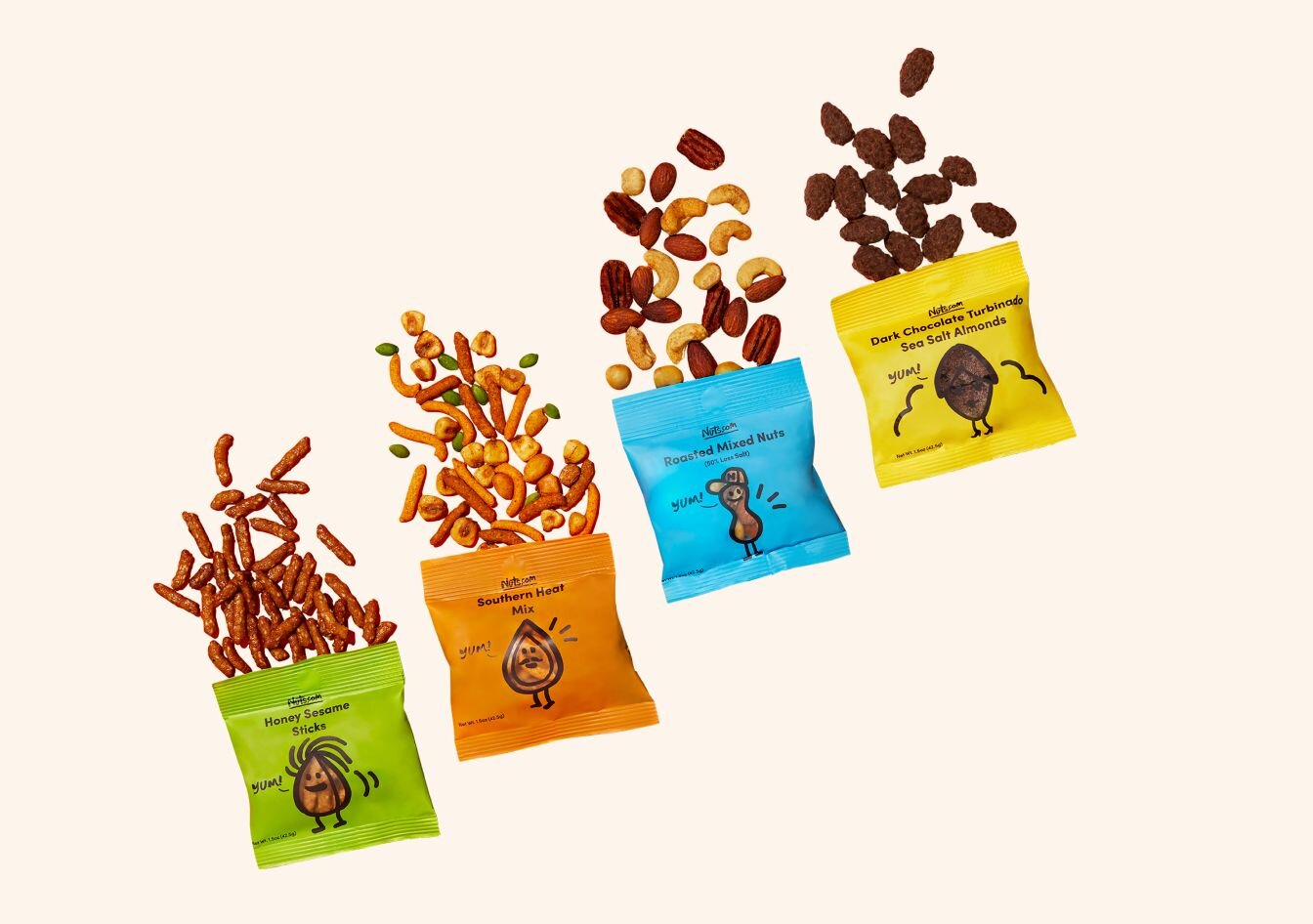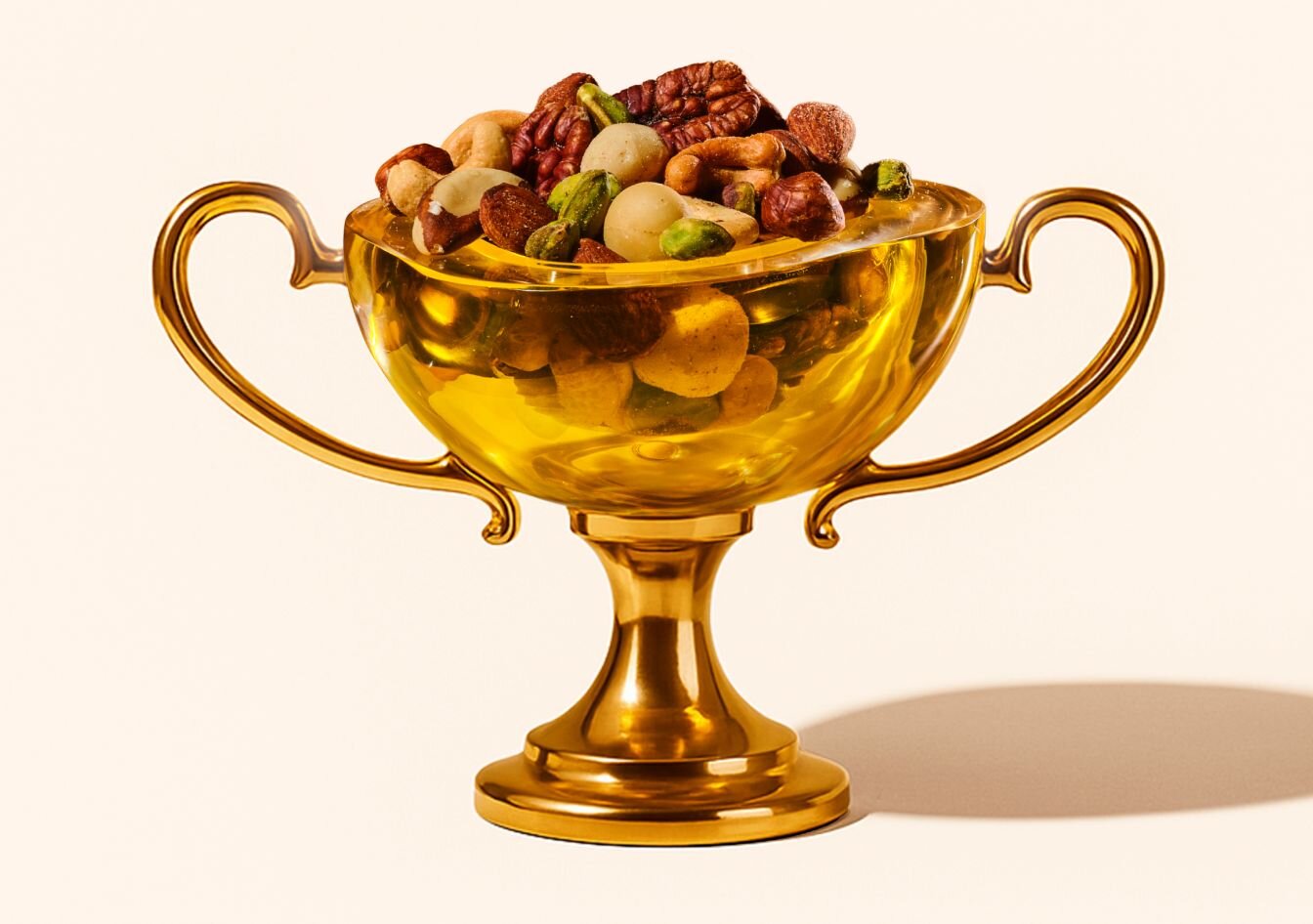Soy Beans, Edamame and Lentils
Sort by:
About Soybeans
Soybeans, also referred to as edamame, belong to the legume family. Since the origin of the soybean in China around 1100 BC, it has been cultivated throughout the world from Asia to Africa. The United States is currently the world’s leading producer of soybeans, followed by Brazil and Argentina. Today, there are a variety of culinary uses for soybeans, from soymilk to tofu, and perhaps our favorite way - dry roasted into delicious soy nuts! Soybeans are cherished as a tasty snack that’s rich in protein and many other nutrients.
Soybeans Health Benefits
1) Protein Powerhouse: Soybeans have a protein content of nearly 40 percent, making them the richest plant source of protein. Soy nuts are considered a complete protein because they contain adequate amounts of all 8 essential amino acids, which our bodies do not produce naturally and must consume through diet.
2) Cardiovascular Health: Eating soybeans may have potential benefits for heart health. Researchers from the College of Medicine at the University of Kentucky found that consuming 30 grams of soy protein daily can decrease LDL “bad” cholesterol levels and decrease the overall risk of coronary heart disease (CHD).
3) Bone Health: Preliminary research suggests that the isoflavones present in soy nuts may help increase bone mineral density and reduce the risk of osteoporosis. This has positive implications for the effect of soybean consumption on the treatment of progressive bone disease.
4) Reduced Diabetes Risk: Eating soybeans may help your body better regulate blood glucose levels. A 2008 study published in The American Journal of Clinical Nutrition found that a diet high in legumes, particularly soybeans, was inversely associated with the risk of type 2 diabetes mellitus.
5) Healthy Snack: In addition, soy nuts are packed with dietary fiber and other important vitamins and minerals. A serving of soybeans contains nearly 20% of the recommended daily value for dietary fiber. They are also an excellent source of vitamin K, folate, thiamin, magnesium, and iron.
How are soybeans harvested?
Soybean crops are ready to be harvested when the soybean pods are almost mature, yet are still green and have not changed in color to yellow. A combine harvester mows the fields using a special mechanism to separate the beans from the pods while leaving the beans fully intact. The moisture content of the soybeans is then reduced in drying machines. Unlike the soft, moist edamame commonly served in Japanese restaurants, our soybeans are further roasted in commercial soybean roasters for an on-the-go snack with a great crunch.








